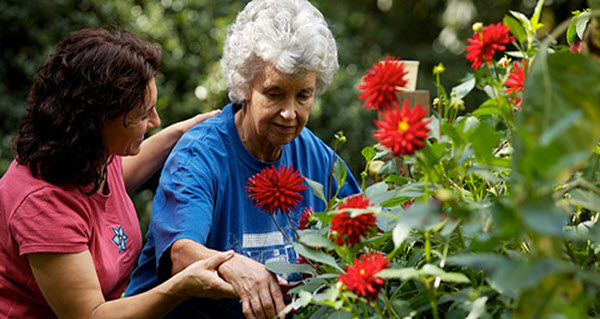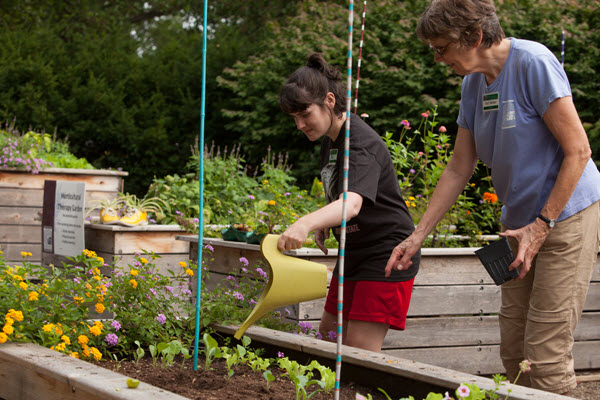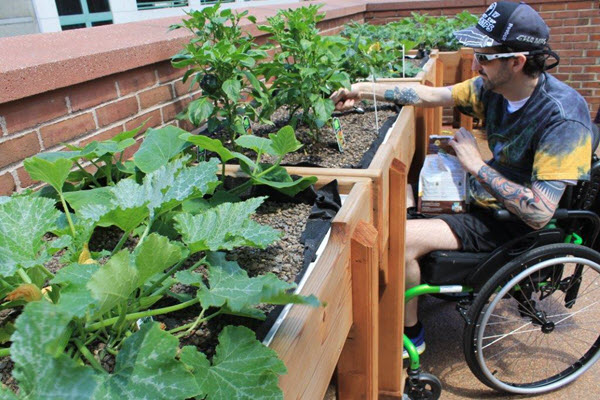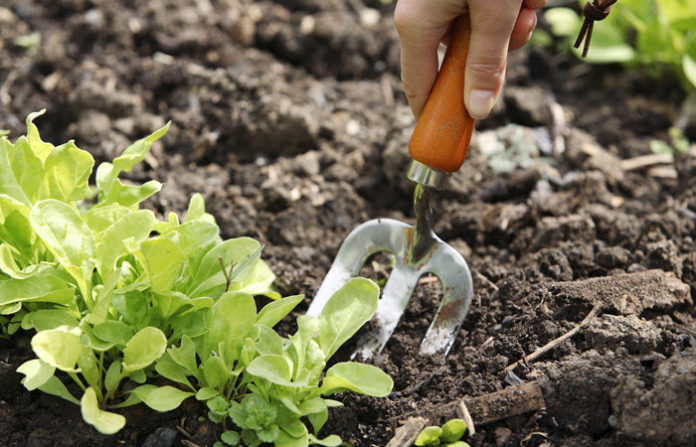A person’s environment plays a crucial role in one’s recovery and overall health. This is why a lot of people are starting to get interested in horticulture therapy and its benefits to the body.
If you’re one of those people, here’s a handy guide to help you understand the field and how you can become a therapist.
What is Horticulture Therapy?

Horticulture therapy is simply the use of gardens and plants to boost people’s mental, physical, and social health. Because plants are non-threatening and non-discriminating, they can help people of any age, religion or IQ to get over their disabilities and be more successful in life.
In this therapy, a therapist will work with individuals or groups to engage them in planting, maintaining light gardens, and sowing seeds. It can take place in the patient’s living areas, activity spaces, greenhouses, therapeutic gardens or even at the bedside.
The program involves physical structures that’ll aid the patients in their activities. This includes indoor fluorescent light units, greenhouses, planters, water features, paved surfaces and meditation spaces. There are also facilities and equipment to aid patients with different functional levels.
How to Become a Horticulture Therapist

Before you consider starting a career in horticulture therapy, it’s essential that you assess yourself first to see if you possess the traits that’ll make you successful in this field. The list includes:
- Great communication skills
- Friendly
- Has a warm disposition
- Ability to remain calm
- Can handle pressure
- Has a great understanding of the different cultures
- Ability to motivate other people
- Excellent interpersonal skills
- Ability to work alone or as part of a team
Believe it or not, there’s no specific education requirement to become a horticulture therapist. However, you are encouraged to have a degree in any of the following:
- Education
- Occupational therapy
- Behavioral therapy
- Psychology
- Social work
- Horticulture
- Botany
- Education
Pre-entry experience isn’t necessary, too. However, having experience in nursing, occupational therapy, and social work can increase your chances of getting hired.
If you don’t possess any relevant experience, you can try doing volunteer work in horticulture activities or even in special schools.
Once you are employed, your employer will ask you to go through certain short courses to really hone your skills.
After you’ve gained enough experience, you can take supervisory positions or accept opportunities to work with different research projects. You may even do freelance work.
What Does A Horticulture Therapist Do?

Working in this field is far from boring. The opportunity to work close to nature and being able to meet different people can challenge you in a positive way.
As a horticulture therapist, you will be in charge of:
- Creating horticulture programs for your patients
- Planning their daily activities
- Communication with other organizations to provide better opportunities for your patients
- Keeping a daily record and individual portfolio of the people you’re caring for
- Sharing knowledge of tools and materials safety
- Motivating people to find pleasure from their horticulture activities
- Teach about soil preparations, setting out plants, sowing seeds, and other similar activities
- Managing your staff and the people you work with
You can perform all these tasks or duties as a part-time or full-time employee. Depending on your contract and institution, you may also need to work at night and during the weekends.
Where Can You Work?
You have several options when it comes to work opportunities. You can apply to work in rehabilitation centers, prisons, schools, hospitals, and community gardens. Retirement centers and correctional facilities are great options, too. If being of service to others is your calling, you can join voluntary and charitable groups.
Three Main Types of Programming

Who is horticulture therapy for?
Although it’s for everyone, the therapy is divided into three main types of programming to ensure that it can meet its patients’ needs.
The first one is vocational programming. This caters to people with substance abuse issues and psychiatric challenges. People are recovering from physical injuries can benefit from this program, too.
The vocational program, on the other hand, is for people who are having psychiatric and developmental disabilities. It’s also for people who have been through socioeconomic challenges. Elderly people are served under the third program which is the social arm of the therapy.
Also Read: 16 Fun Activities for Seniors and Elderly Patients




















